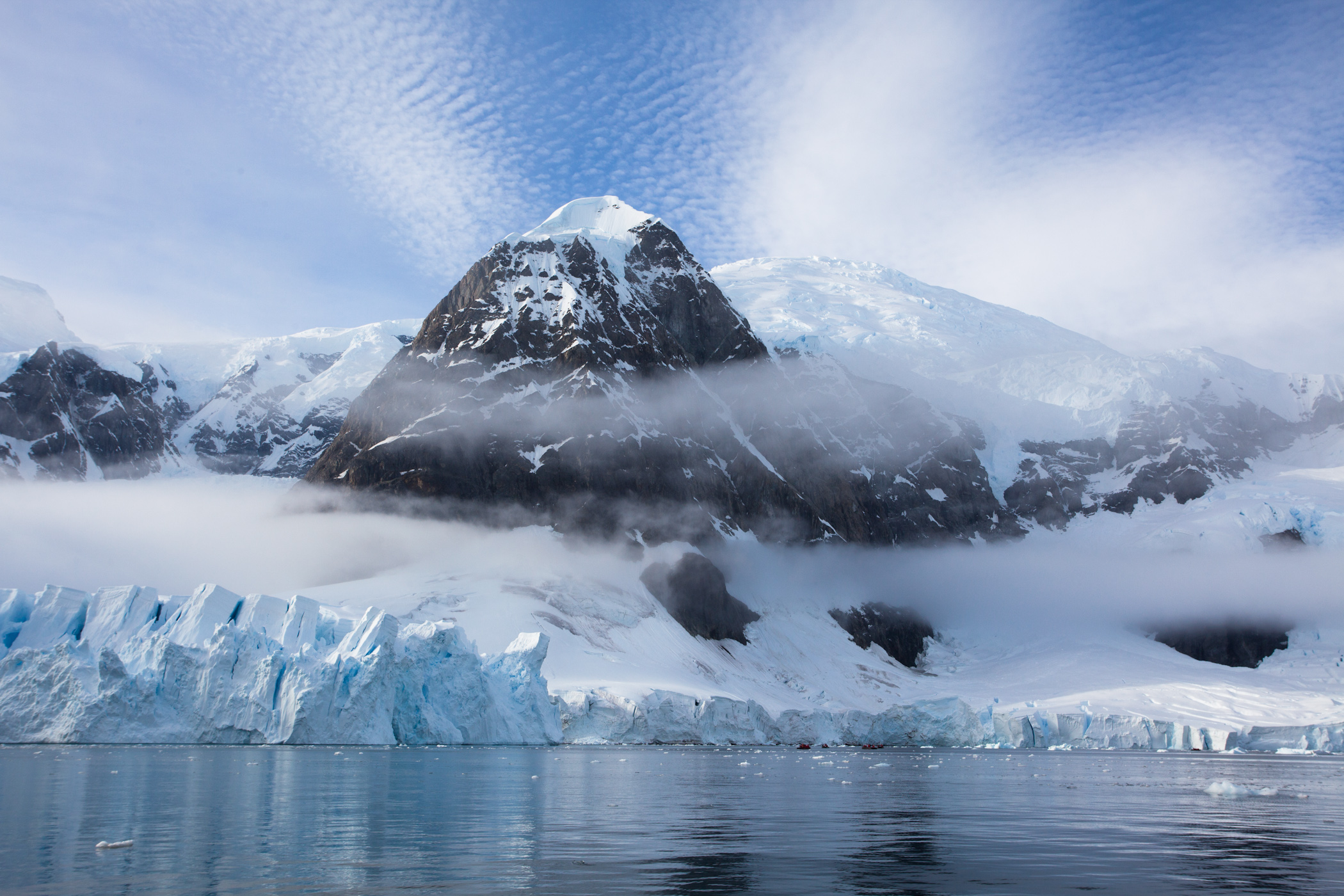Contact Us | 中文简体 | 中文繁體 | English
Plants in Antarctica

The majority of the Antarctic continent is covered by permanent ice and snow leaving less than 1% available for colonization by plants. Most of this ice and snow-free land is found along the Antarctic Peninsula, its associated islands and in coastal regions around the edge of the rest of the Antarctic continent. Even in the most inhospitable ice-free habitats, such as inland mountains and nunataks, life can still be found.
There are no trees or shrubs, and only two species of flowering plants, Antarctic hair grass (Deschampsia antarctica) and Antarctic pearlwort (Colobanthus quitensis) are found, occurring on the South Orkney Islands, the South Shetland Islands and along the western Antarctic Peninsula. The vegetation is predominantly made up of lower plant groups (mosses, liverworts, lichens and fungi) which are specially adapted to surviving in extreme environments, in particular, tolerating low temperatures and dehydration. There are, in total, around 100 species of mosses, 25 species of liverworts, 300 to 400 species of lichens and 20-odd species of macro-fungi. The greatest diversity of species is found along the western side of the Antarctic Peninsula where the climate is generally warmer and wetter than elsewhere in the Antarctic continent. Certain species of moss and lichen, however, have a widespread distribution and others specialise in surviving in very extreme conditions. In the dry valleys of Victoria Land, for example, where it is very dry and extremely cold, algae, fungi and lichens are found living in cracks and pore spaces inside the sandstone and granite rocks.
The sub-Antarctic islands have a milder and wetter climate more favourable for plant growth meaning these islands possess a more diverse flora including a greater number of flowering plant species and some ferns. Dominant amongst sub-Antarctic vegetation is tussock grass, a tall (up to 2 m) robust plant forming a dense fringe near the coast. Wet habitats are covered by various kinds of bog, while drier terrain has extensive dry grassland with various herbs and, in exposed habitats, sparsely-vegetated moss- and lichen-dominated fellfield. Human activities such as whaling and sealing have led to many species being introduced. South Georgia, for example, has a vascular flora of 26 indigenous species, with a further 15 alien species which are well-established, and in some cases spreading, and a number of other alien species which are managing to survive close to the former whaling stations
Dried specimens of most of the Antarctic and sub-Antarctic flora can be found in the British Antarctic Survey’s herbarium.



